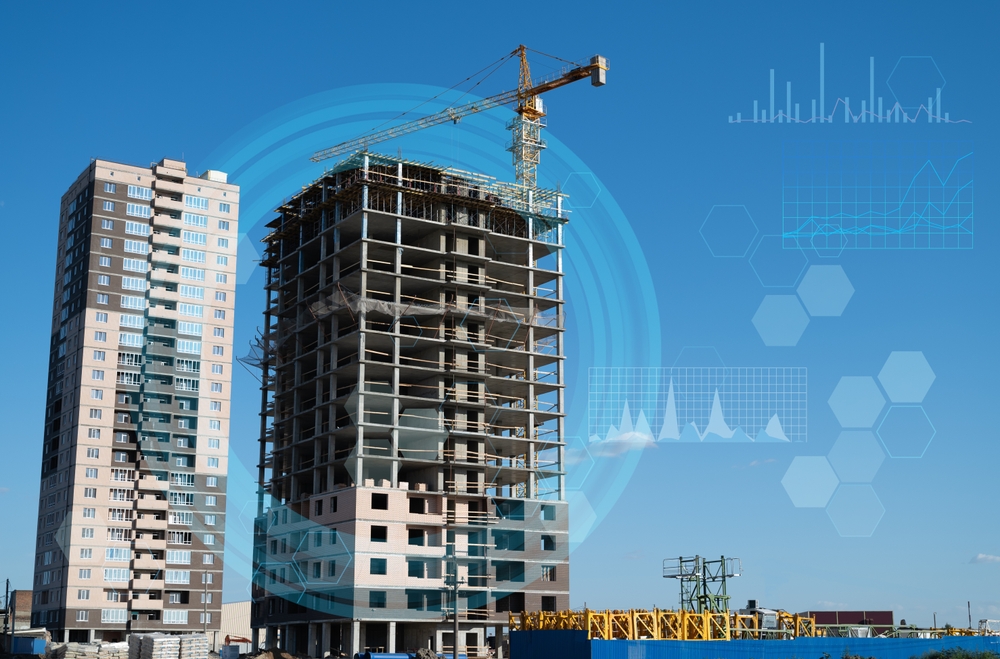
Timber as a Renewable Resource for Sustainable Construction
Timber as a Renewable Resource: Building Sustainably for the Future
As the demand for eco-friendly construction materials continues to rise, timber as a renewable resource is gaining recognition across the globe. Its natural beauty, versatility, and low environmental impact make timber an essential component of sustainable architecture. From residential homes to commercial buildings, designers and builders are increasingly embracing timber as a renewable resource to reduce carbon emissions and promote long-term environmental health.
Understanding Timber as a Renewable Resource
Timber is considered renewable because it comes from forests that can be replanted, regrown, and managed sustainably. When forests are responsibly harvested and replanted, they continue to provide wood for generations without depleting natural ecosystems. This makes timber as a renewable resource one of the most environmentally responsible materials available today.
Additionally, trees absorb carbon dioxide during growth. When wood is used in construction, the carbon remains stored inside the timber for the lifespan of the building—making timber a powerful tool for carbon reduction.
Why Timber as a Renewable Resource Is So Important
1. Low Carbon Footprint
Timber has significantly lower embodied energy compared to concrete and steel. Choosing timber as a renewable resource reduces greenhouse gas emissions throughout the building lifecycle. From harvesting to processing, timber consumes far less energy, making it ideal for eco-conscious projects.
2. Highly Sustainable Material
Responsibly managed forests ensure that timber supplies remain abundant. Certified forests under organizations like FSC or PEFC follow strict guidelines to maintain biodiversity, prevent deforestation, and promote responsible harvesting. This helps sustain timber as a renewable resource for future generations.
3. Excellent Insulation and Energy Efficiency
Due to its natural insulating properties, timber helps maintain indoor comfort by reducing heat transfer. Buildings that use timber as a renewable resource often have lower heating and cooling demands, contributing to improved energy efficiency.
4. Aesthetic Appeal and Versatility
From warm interior finishes to bold architectural structures, timber offers unmatched visual appeal. It can be used for:
-
Beams and columns
-
Flooring and wall panels
-
Doors, windows, and furniture
-
Structural frameworks
Its versatility is one of the reasons timber as a renewable resource has become so popular in modern architecture.

Benefits of Timber in Sustainable Construction
Strength and Durability
Modern engineered wood products such as CLT (Cross-Laminated Timber) and Glulam offer exceptional strength, making them suitable for multi-storey buildings.
Fast Construction
Timber components are lightweight and easy to assemble, reducing project time and labour costs.
Biodegradable and Non-Toxic
Timber is naturally biodegradable and requires minimal chemical treatment, supporting healthier indoor environments.
Supports Circular Economy
Since timber can be recycled, reused, or repurposed, it perfectly aligns with circular economy principles.
Applications of Timber as a Renewable Resource
Residential Homes
Timber homes offer warmth, durability, and energy efficiency.
Commercial Buildings
CLT and laminated timber structures are now widely used for offices, schools, and public facilities.
Interior Design
Timber is a popular choice for interiors, adding elegance and natural charm.
Eco-Friendly Furniture
Sustainably sourced timber is ideal for long-lasting and environmentally safe furniture.
Timber in the Indian Construction Landscape
With rising awareness of green buildings, India is steadily adopting timber as a renewable in architecture and interior applications. Proper forest management, certifications, and sustainable sourcing are supported by the Ministry of Environment, Forest and Climate Change (MOEFCC). These initiatives encourage responsible forestry and promote timber as a sustainable alternative to high-carbon materials.
Conclusion
Timber as a renewable plays a crucial role in shaping the future of sustainable architecture. Its low carbon footprint, versatility, aesthetic value, and ability to support energy-efficient design make it one of the most valuable materials in eco-friendly construction. As the construction industry continues to shift toward greener solutions, timber will remain at the forefront of responsible building practices.
If you need support with sustainable material selection or eco-friendly building consultation, feel free to reach out through our Contact Us page.
Read more related articles to enhance your knowledge and make informed decisions
Cost-Effective Modular Construction: Fast, and Sustainable Building Solutions
Smart Modular Buildings: Innovative, Efficient, and Sustainable Construction








